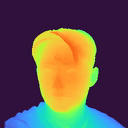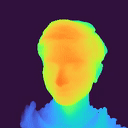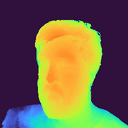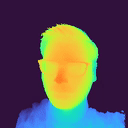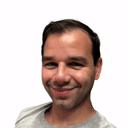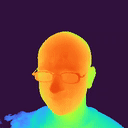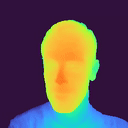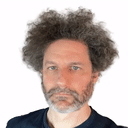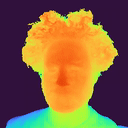Neural Radiance Fields (NeRF) are able to reconstruct scenes with unprecedented
fidelity,
and various recent works have extended NeRF to handle dynamic scenes. A common approach
to reconstruct such non-rigid scenes is through the use of a learned deformation field
mapping from coordinates in each input image into a canonical template coordinate space.
However, these deformation-based approaches struggle to model changes in topology, as
topological changes require a discontinuity in the deformation field, but these
deformation fields are necessarily continuous.
We address this limitation by lifting
NeRFs into a higher dimensional space, and by representing the 5D radiance field
corresponding to each individual input image as a slice through this "hyper-space". Our
method is inspired by level set methods, which model the evolution of surfaces as slices
through a higher dimensional surface. We evaluate our method on two tasks: (i)
interpolating smoothly between "moments", i.e., configurations of the scene, seen in the
input images while maintaining visual plausibility, and (ii) novel-view synthesis at
fixed moments. We show that our method, which we dub HyperNeRF, outperforms existing
methods on both tasks. Compared to Nerfies, HyperNeRF reduces average error rates by
4.1% for interpolation and 8.6% for novel-view synthesis, as measured by LPIPS.


